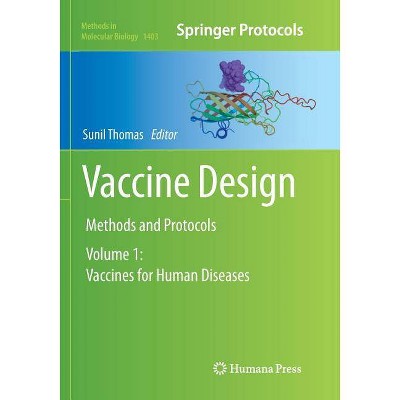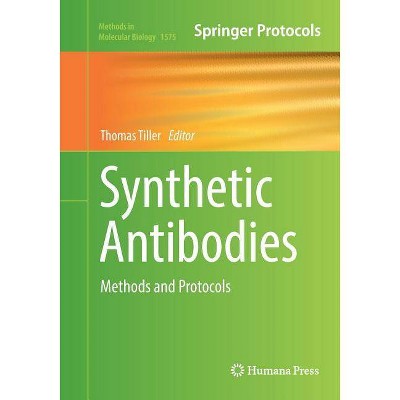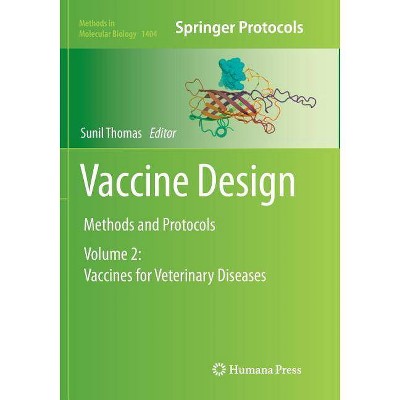Odontogenesis - (Methods in Molecular Biology) by Chrissa Kioussi (Paperback)

Similar Products
Products of same category from the store
AllProduct info
<p/><br></br><p><b> About the Book </b></p></br></br><p>A volume in Springer's respected series outlining practical methodologies in a range of disciplines, this book includes stepwise, lab-ready protocols, expert tips and troubleshooting advice, providing the latest commentary on this promising medical technology.</p><p/><br></br><p><b> Book Synopsis </b></p></br></br><p>Only in recent times has the possibility of growing and implanting replacement teeth, made from one's own cells, moved into the realm of realistic possibilities; however, the molecular and cellular mechanisms of tooth development must be studied in a range of vertebrates, from zebrafish to mice, so that evolutionarily conserved network kernels, which will define the cellular states of generic vertebrate tooth development, can be recognized. In <i>Odontogenesis: Methods and Protocols</i>, experts in the field examine techniques to approach this burgeoning field. This detailed volume includes chapters on the detection of "tooth development" gene expression, both at the RNA and protein level, current approaches to the manipulation of gene expression levels and subsequent analysis of tooth phenotypes, as well as chapters concerning current efforts to get living tooth implants working without waiting for a full understanding of the developmental pathways at the molecular level. Written in the highly successful <i>Methods in Molecular Biology(TM)</i> series format, chapters include introductions to their respective topics, lists of the necessary materials and reagents, step-by-step, readily reproducible laboratory protocols, and tips for troubleshooting and avoiding known pitfalls.</p><p> </p>Practical and easy to use, <i>Odontogenesis: Methods and Protocols</i> aims to help researchers move forward toward the ultimate goal of getting a "bioengineered tooth" into the patient's mouth.<p/><br></br><p><b> From the Back Cover </b></p></br></br><p>Only in recent times has the possibility of growing and implanting replacement teeth, made from one's own cells, moved into the realm of realistic possibilities; however, the molecular and cellular mechanisms of tooth development must be studied in a range of vertebrates, from zebrafish to mice, so that evolutionarily conserved network kernels, which will define the cellular states of generic vertebrate tooth development, can be recognized. In <i>Odontogenesis: Methods and Protocols</i>, experts in the field examine techniques to approach this burgeoning field. This detailed volume includes chapters on the detection of "tooth development" gene expression, both at the RNA and protein level, current approaches to the manipulation of gene expression levels and subsequent analysis of tooth phenotypes, as well as chapters concerning current efforts to get living tooth implants working without waiting for a full understanding of the developmental pathways at the molecular level. Written in the highly successful <i>Methods in Molecular Biology(TM)</i> series format, chapters include introductions to their respective topics, lists of the necessary materials and reagents, step-by-step, readily reproducible laboratory protocols, and tips for trouble-shooting and avoiding known pitfalls.</p><p> </p>Practical and easy to use, <i>Odontogenesis: Methods and Protocols</i> aims to help researchers move forward toward the ultimate goal of getting a "bioengineered tooth" into the patient's mouth.
Price History
Price Archive shows prices from various stores, lets you see history and find the cheapest. There is no actual sale on the website. For all support, inquiry and suggestion messagescommunication@pricearchive.us


















